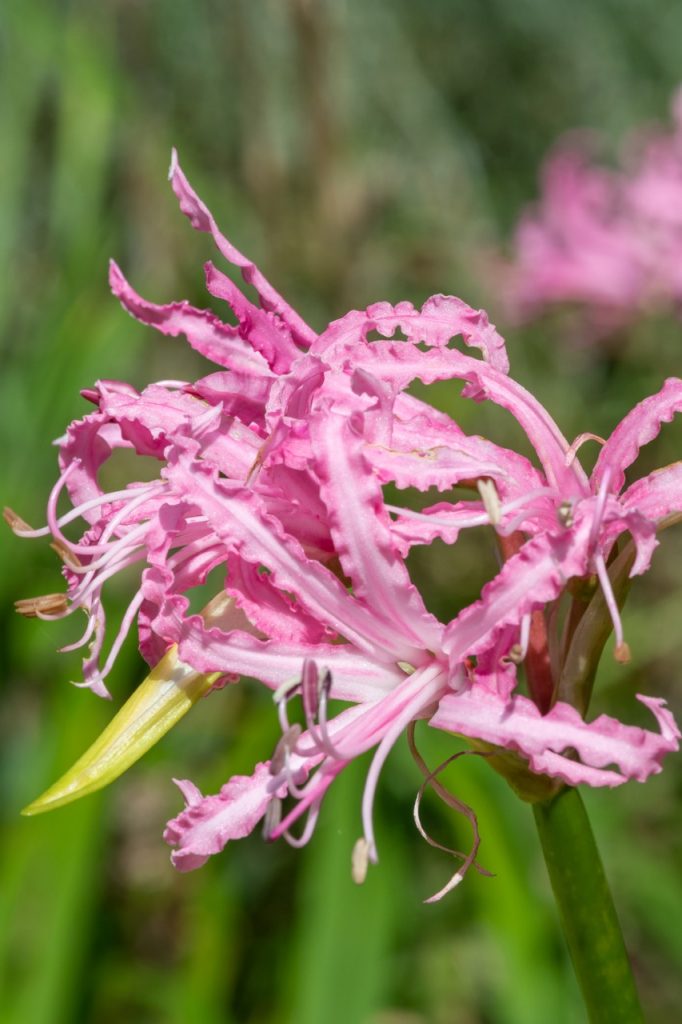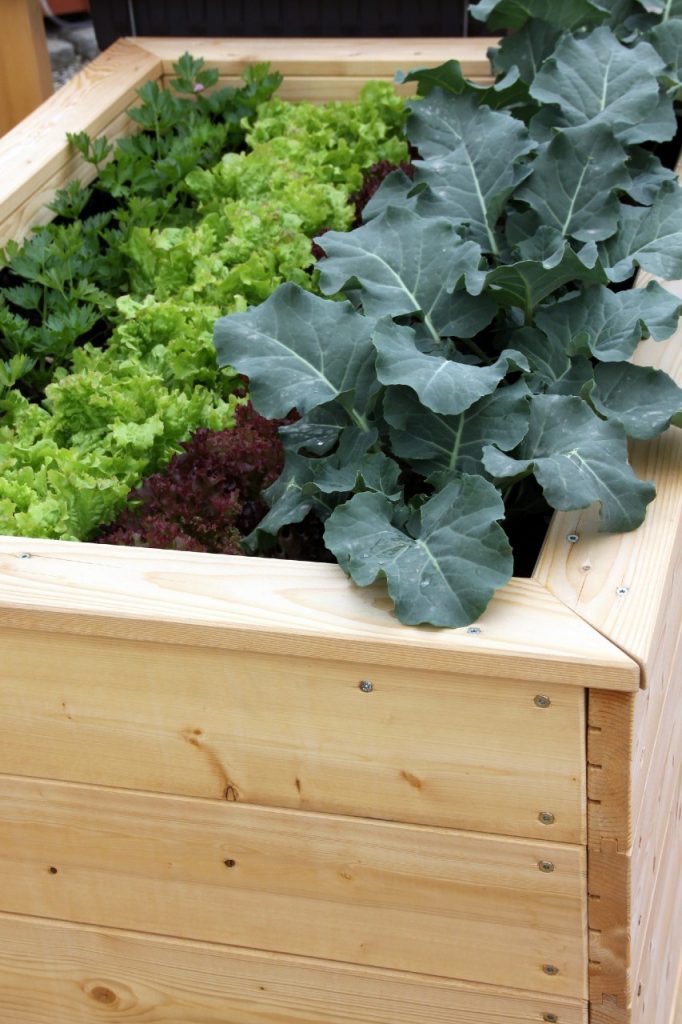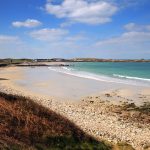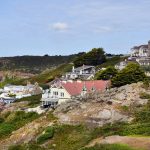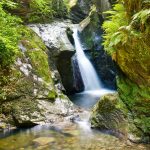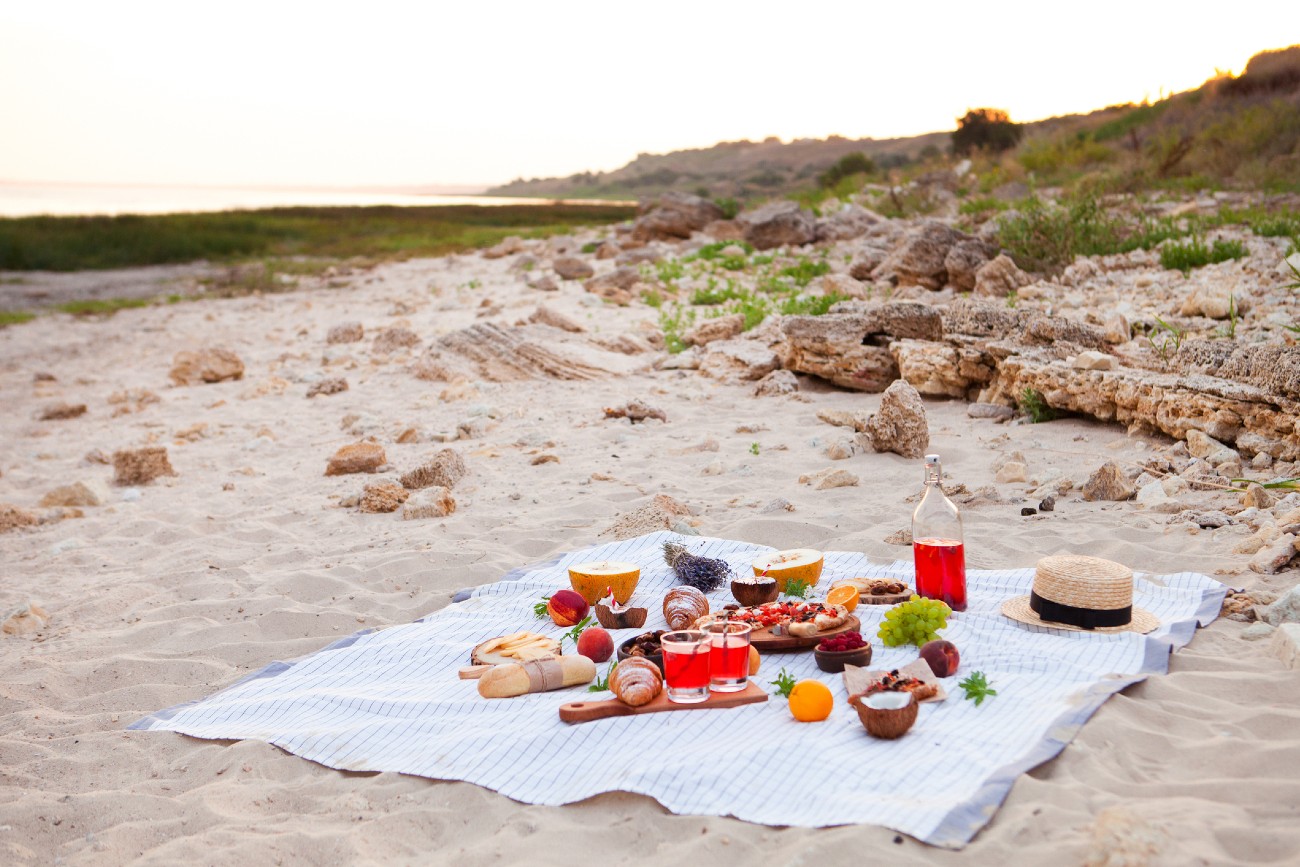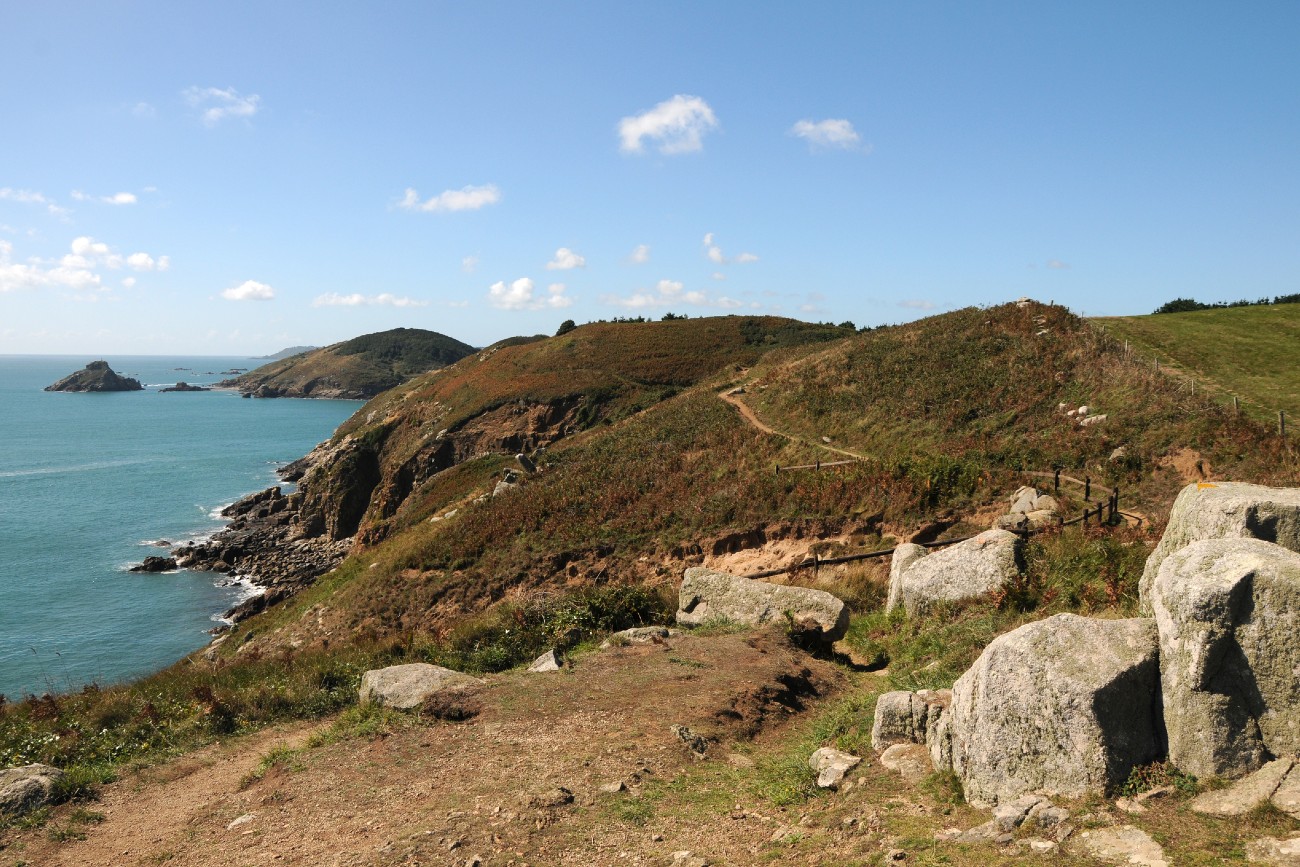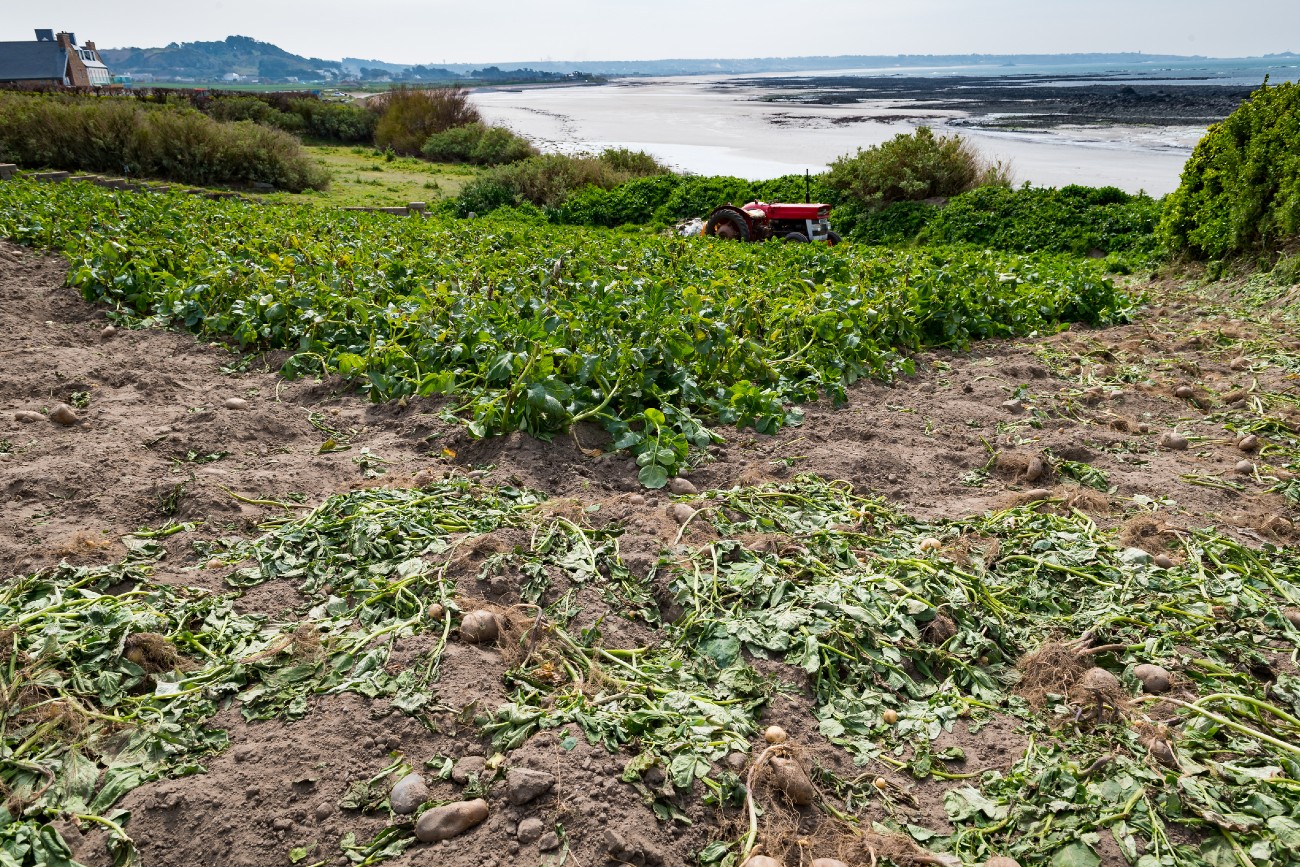
The Channel Islands provide a unique location to live. The beautiful views, sounds of the ocean wave, and a multitude of other things make the Channel Islands a coveted place to call home. And for those who do call one of the Channel Islands home, gardening and landscaping will be challenging.
All island soil is typically more sand than soil and the salty sea breezes are too extreme for many plants to handle. But all gardening endeavors are futile on an island, all you need to know is the right location, right plants, and how to create fertile soil from sand.Use these gardening tips and start growing some of your own food on the Channel Islands or any other island that you call home.
Amend Sandy Soil
Soil is sandy on islands, how sandy depends on how close to the coastline you are. Sandy soil is low in nutrients and does not retain moisture, neither of which is good for growing vegetable plants.
Amend sandy soil with organic material, like compost, to enrich it with nutrients and enable it to retain moisture. Creating a raised bed garden is the easiest way to create healthy, fertile garden soil in a sandy environment.
Build a raised bed that is no more than 4-feet wide and however long you want it to be. Use recycled lumber, concrete blocks, landscape timbers, or any other type of building materials you have on hand.
The height of the raised bed should be at least 6-inches so it will be able to contain enough organic material to promote healthy plant growth. Raised beds can be built like a table and place the planting bed up to waist height for gardeners who find bending over to be challenging.
Crop rotation is essential for island gardens so the soil won’t become depleted of specific nutrients.
Mountainous Land
Islands can also have steep mountainous land with good soil but challenging vertical real estate. Tiered gardening will solve this problem and transform unusable land into food-producing land.
Create flat tiers 3-feet wide and 3-feet tall, one below the other from the highest point to the lowest point of the garden location.
Install bricks, pavers, landscape timbers, or similar material 2-feet from the back of the tier. This will provide 2-feet of planting space and 1-foot of walking space along each tier. The lumber, concrete, or other material will help hold the soil in place and prevent it from eroded down the mountain side.
Conduct a soil test to determine what soil amendments the mountainous land may need to improve the fertility of the soil.
Sea Breezes
Humans love the cooling tropical breezes that roll in off the ocean. Plants do not, unless they are native plants.
The salty breezes will quickly dehydrate most plants and the constant breeze will cause them to grow in a misshapen form and blow delicate buds and flower petals off plants.
Select a garden location that will protect plants from the sea breezes. This can be achieved by creating a garden in an area where a structure will be between it and the ocean.
A house, garage, or privacy fence will be ideal for blocking the sea breezes, just make sure the structures do not block the sun. Food producing plants will need at least 6-hours of sunlight daily.
If a structure is not available in the right location, install some type of fence on the sea-side of the garden to block the breeze.
- The Guernsey Lily
- Raised bed gardening
Native Plants
Plants that are native to the Channel Islands, have already adapted to the climate and will require less maintenance.
Potatoes, tomatoes, carrots, courgettes (zucchini) are some of the most popular vegetable plants to grow on an island. Add a few herb plants so you will have plenty of fresh seasoning for home-grown vegetables too.
Fruits can be grown on an island, currants, gooseberries, and strawberries are ideal for growing planters or raised beds. Add color and fragrance by using native flowers around your island landscape too. The Guernsey Lily, Jersey Cabbage, Bluebells, Sand Crocus, Scarlet Pimpernel, and Wild Orchids are native flowers that thrive on the islands.
Healthy Soil
Developing healthy soil is an ongoing process and will require a little diligent effort from the gardener.
Start with a soil test and adding the needed amendments. Follow that up with a healthy dose of compost that will provide food for the garden plants, promote good drainage and air circulation, plus the compost will help a healthy sub-culture to develop in the garden soil.
Earthworms thrive in decomposing material and compost provides the nutrients they need. The earthworms tunnel through the soil and create channels for water and air to flow, plus they leave behind castings that increase the fertility of the soil.
Use compost at the beginning of the garden and add new compost each year. Add a 2-inch layer of organic mulch on top of the soil after the garden plants reach 6-inches tall. The mulch will prevent soil erosion, soil compaction, help retain soil moisture, and keep soil cool. The mulch will slowly decompose and provide nutrition for the garden plants and earthworms.
Plant a cover crop at the end of the garden season to help prevent soil erosion during the winter months. Mustard, kale, turnips, clover, alfalfa, vetch, peas, beans, native grass, millet, wheat, or oats will make ideal cover crops for your garden. Turn the cover crop under in the spring to enrich the soil.
Use the 3-year rule and don’t plant the same crops in the same location for 3-years to allow the soil to recover.
Don’t miss my article about the biggest natural highlights in Guernsey : Pairing Heritage With Nature – L’Ancresse Common


